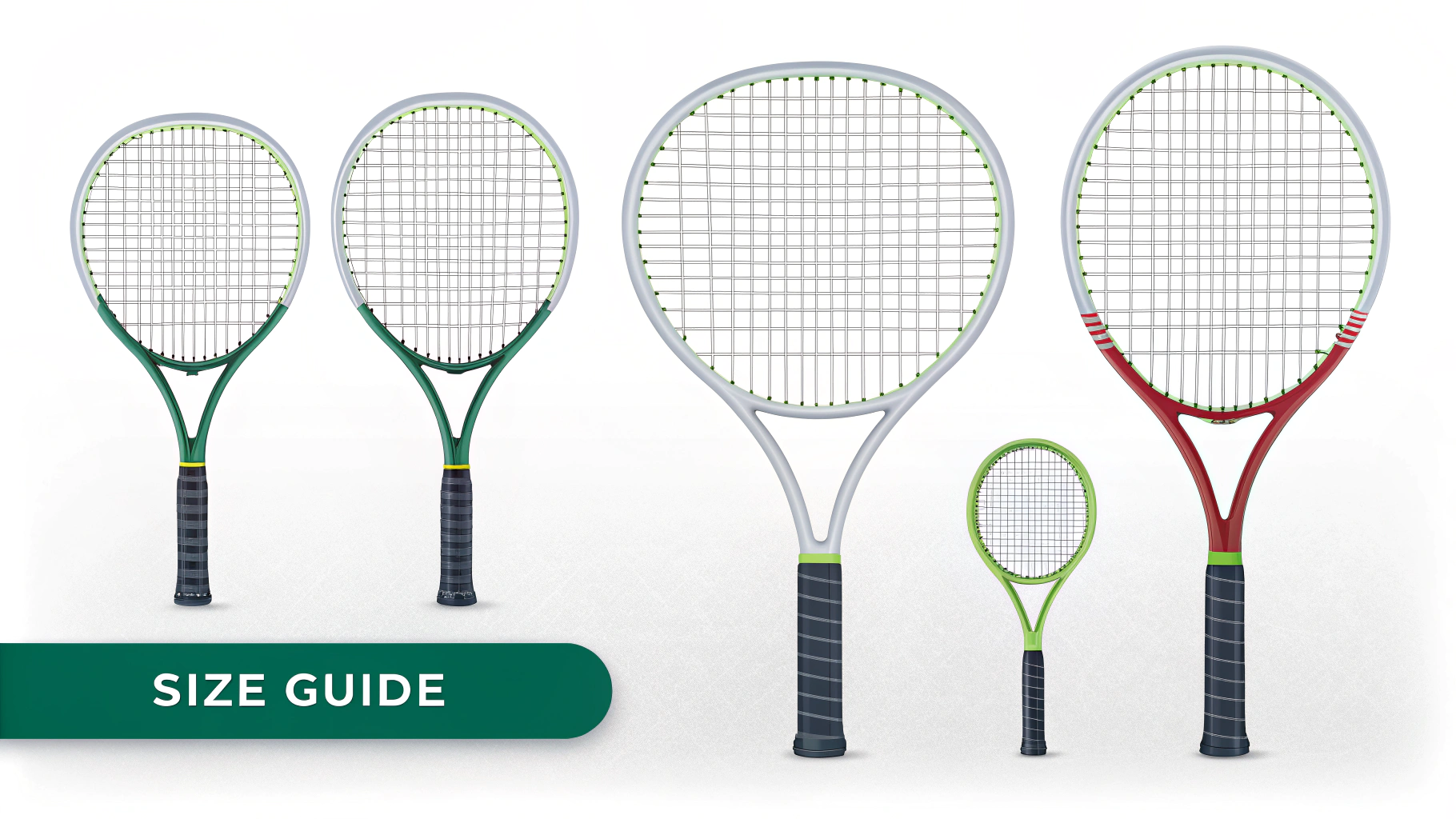Tennis racket sizing is crucial for optimizing performance, comfort, and control on the court. This guide provides a comprehensive overview of tennis racket size specifications, exploring historical context, standard measurements, key components, practical considerations, and a detailed selection guide. Whether you're a beginner or a seasoned player, understanding these elements will enhance your game and help you choose the perfect racket.
Introduction
A brief history of tennis rackets dates back to the game’s origins in the 19th century when rackets were made of wood. Over time, advancements in materials and understanding of biomechanics have led to the modern-day composite rackets. With these developments came a need for standards and specifications to ensure fair play and optimized performance.
Specifications and standards matter because they offer consistency in manufacturing and performance, enabling players to compete on a level playing field. Tennis governing bodies like the International Tennis Federation (ITF) and regional associations have established regulations to maintain uniformity across competitions.
Official regulations define dimensions such as length, width, and balance, essential for competitive play. The ITF lays down detailed guidelines for what constitutes legal equipment, ensuring fairness and safety on the court.
Standard Measurements & Specifications
| Specification | Professional | Amateur | Youth |
|---|---|---|---|
| Length | 27-29 inches (68.58 to 73.66 cm) | 26-27 inches (66.04 to 68.58 cm) | 23-25 inches (58.42 to 63.5 cm) |
| Weight | 10-12 oz (283.5 to 340 g) | 8-10 oz (226.8 to 283.5 g) | 6-8 oz (170.1 to 226.8 g) |
| Head Size | 85-110 sq in (548.39 to 709.68 sq cm) | 90-105 sq in (580.64 to 677.42 sq cm) | 74-89 sq in (477.41 to 574.63 sq cm) |
Each measurement serves as a guidance for players at different skill levels, allowing for personalized adjustments based on comfort and play style.
Understanding Key Components
- Frame: Typically made from graphite or composite materials for balance and flexibility.
- Strings: Usually made from nylon, polyester, or natural gut, affecting tension and power.
- Grip: Determined by circumference; crucial for control and comfort.
- Balance: Weight distribution between head and handle impacts maneuverability.
- Beam Width: Influences power and stability; wider beams offer more power.
Material requirements vary for different components, focusing on durability, performance, and safety. Surface specifications and markings, such as branding or grip tracking, provide additional functionality.
Different Variations
International standards set by the ITF ensure consistency across competitions. However, regional variances might exist, influencing designs to cater to cultural or climate considerations.
- Competition Specifications: Adhere strictly to ITF guidelines.
- Recreational Specifications: May offer more flexibility for casual play.
- Age-group Modifications: Scaled-down models cater to youth to ensure ease of use and learning.
Practical Considerations
- Space Requirements: Ensure adequate room for storage and setup.
- Setup Guidelines: Follow manufacturer recommendations to assemble correctly.
- Maintenance Tips: Regular inspections and proper stringing ensure longevity.
- Common Mistakes: Avoid inappropriate tension settings; replace grips as needed.
Selection Guide
Choosing the right tennis racket depends on several factors including skill level, budget, and personal preference.
- Key Factors: Assess length, weight, balance, head size, string tension.
- Recommendations for Skill Levels: Beginners may opt for lighter rackets with larger head sizes.
- Budget Considerations: High-performance models are costlier but offer greater advantages.
- Popular Brands: Wilson, Babolat, Yonex are industry leaders, each offering specialized models.
FAQs
- Why does racket size matter? Proper sizing affects control, power, and comfort during play.
- Can I use a professional-grade racket as a beginner? While possible, it may inhibit skill development due to weight and handling requirements.
- What's the difference between composite and graphite rackets? Composite offers flexibility; graphite provides precision and strength.
- How often should I replace my strings? Typically every 6-12 months, or as signs of wear appear.
- What grip size is right for me? Grip sizes usually range from 4 to 4 ¾ inches, measured around the handle; test different sizes for comfort.
- Are there environmental considerations for racket materials? Some manufacturers focus on sustainable sourcing and eco-friendly designs.
- Do professional players use customized rackets? Yes, often modified to their preferences for optimum performance.
- Can children's rackets be used by adults? Generally unsuitable due to design and ergonomic limitations.
Tips and Best Practices
- Professional Recommendations: Trial multiple models to find suitable dynamics.
- Safety Considerations: Use appropriate grip and string tension to prevent strain or injury.
- Optimization Suggestions: Periodic play testing helps identify preferred configuration.
- Expert Insights: Consult coaches or seasoned players for personalized advice.
A well-chosen tennis racket dramatically influences your game, offering improved precision, power, and comfort. By understanding the detailed specifications, components, and variations, players can make informed decisions tailored to their needs. Regular maintenance and setup familiarity further enhance racket longevity and performance.











 浙公网安备
33010002000092号
浙公网安备
33010002000092号 浙B2-20120091-4
浙B2-20120091-4